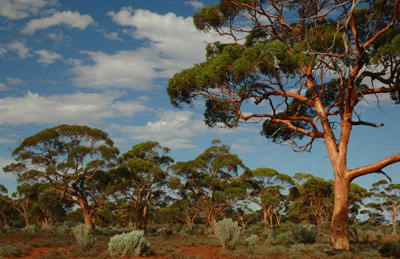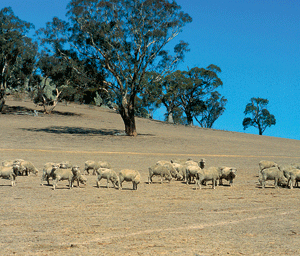
|
Published: 14 November 2011
New research supersite will tell woodlands climate story
The CSIRO and WA Department of Environment and Conservation (DEC) have partnered in establishing a new research ‘supersite’, part of an Australia-wide network for monitoring the environment supported by Terrestrial Ecosystems Research Network (TERN).
The supersite includes a climate station to monitor Western Australia’s 16 million hectare Great Western Woodland (GWW).
The 36 metre tall ‘OzFlux’ climate station at the former Credo Station near Kalgoorlie – which is managed by DEC for conservation – will monitor the energy, water and carbon balance of the mature eucalypt woodland representative of natural landscapes across the region.
‘The GWW region is extraordinary in that it has remained relatively intact since European settlement, owing to the variable rainfall and lack of readily accessible groundwater suitable for livestock,’ says CSIRO’s Dr Suzanne Prober.
‘The GWW is thus of great ecological interest because it provides a unique opportunity to study how relatively intact ecosystems function and adapt to climate change.’
DEC’s Ian Kealley says that locating the research site and associated activities at Credo ‘is very exciting for the [area] and entirely compatible with the plans DEC is developing for Credo’.
‘These include management for multiple use, recreation and conservation, and development of a field study centre base around the homestead,’ he adds. ‘Credo has great potential in these areas.’
According to CSIRO’s Dr Craig Macfarlane: ‘Research at the GWW supersite aims to improve our knowledge of ecological processes that underpin effective restoration, and guide climate resilient restoration of the WA wheatbelt.’
The GWW supersite is one of several across Australia being established to contribute to a comprehensive long-term ecological database for managing Australian ecosystems. The supersites are part of TERN’s Multi-Scale Plot Network facility, which will link long-term site, plot and transect studies across Australia.
Source: CSIRO




